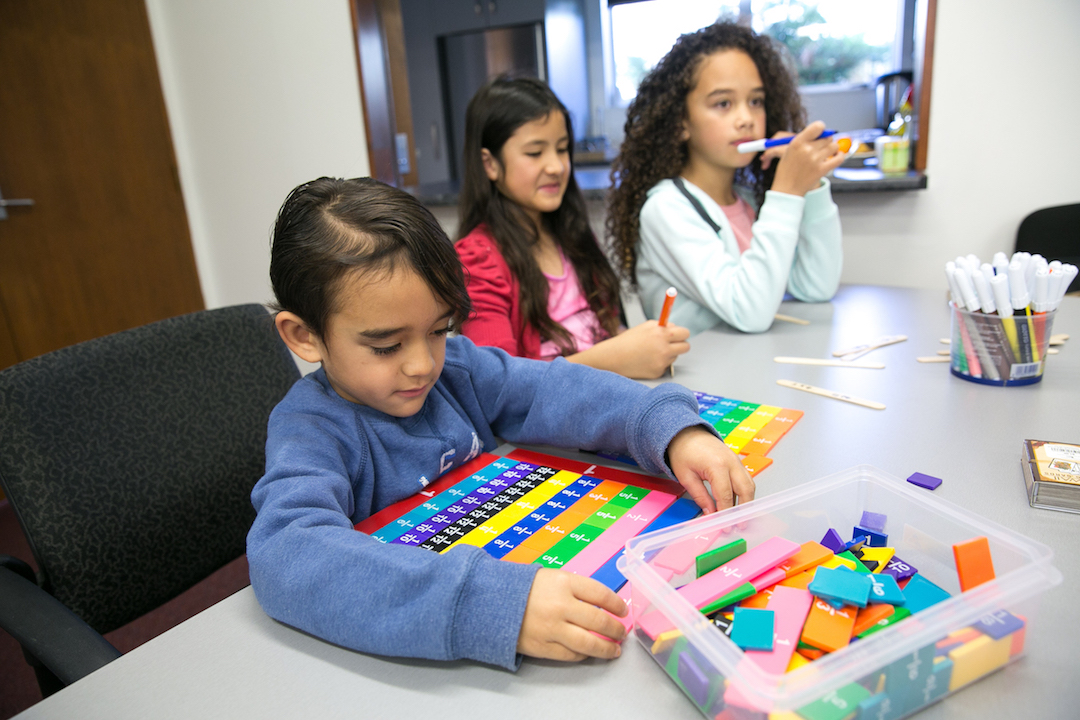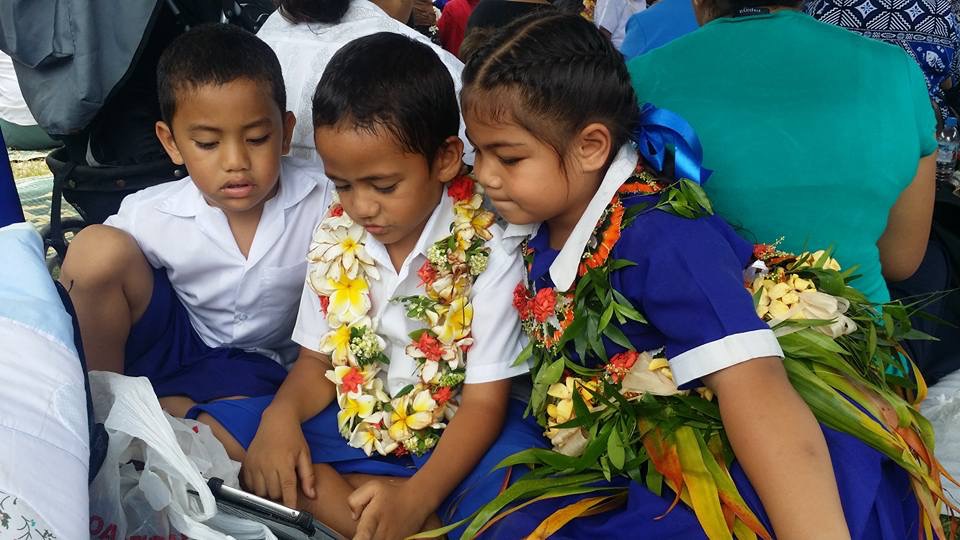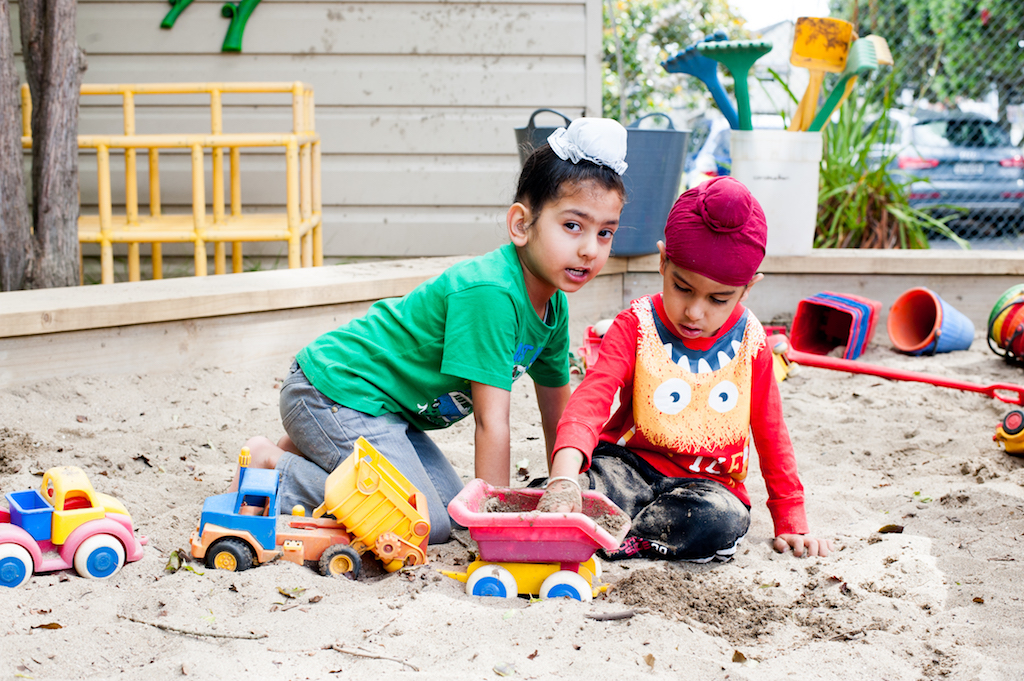
Gifted learners from diverse cultural and linguistic backgrounds are often not recognised. Conceptualisation should take account of special abilities and attributes prized by cultural groups. It is the kura/school/ECE settings responsibility to consult their respective communities to ensure that any definition is culturally responsive and inclusive of all learners.
"Culture is like an iceberg - 9/10ths of it lie beneath the surface. This hidden area underlies our behavior, influences our perceptions and is outside our immediate frame of reference - until we plunge beneath the surface - or perhaps like the Titanic, encounter it unexpectedly."
"‘I think that intrinsically in every Māori and in every Pasifika people, we have a notion of celestial navigation that can take us to any peak. It’s in our genes, but what we’ve got to do is create an environment within which it is released and nurtured. We’ve got to create an environment within which it is realised. And that’s part of what giftedness is about, it is setting a platform in place so that that natural potential and opportunity within the individual can flourish. And you think about that for a minute and that should be in every school, in every classroom, in every teacher.'"
Bevan-Brown (1996) suggests that concepts of special abilities for Māori should be viewed as holistic in nature, reflecting Māori values, customs, and beliefs. Māori have their own interpretations and they tend to expect that these abilities and qualities will be used in the service of others.
The identification process is intended to reflect the principles of the Treaty of Waitangi to demonstrate the unique status of the tangata whenua. Approaches to conceptualising, identifying and providing for Māori learners are dual faceted: they may emanate from Te Ao Māori; a Māori worldview on the one hand, and have significant connotations to Te Ao Hurihuri (the global world) on the other. The key constructs that are located within Te Ao Māori include:
The key constructs that are located within Te Ao Hurihuri include:
ako (reciprocity)
tuakana-teina (senior-to-junior tutelage)
mana tangata (modelling)
tātaritanga (thinking and making meaning); and
whaiwāhitanga (participating and contributing).
These approaches envisage that increasing the visibility of Māori giftedness within mainstream environments is not about adding a Māori dimension to existing constructs and practices, but requires that the very essence of the system itself is reflective of the principles of partnership, determination and power-sharing.
Using Ka Hikitia as a guiding document for authentic evidence based practices, teachers are expected to draw from the evidence about what works for and with Māori learners. Te Pikinga ki Runga (Macfarlane, 2009) provides a kaupapa Māori framework for identifying key concepts and values that resonate with gifted and talented Māori learners
"The most important need is self-identity. Knowing who we are and where we come from gives us purpose, and the younger we appreciate this the better prepared we are to carve our destiny. Sense-of-self gives us confidence, humility and appreciation of others and their backgrounds. All qualities necessary for driving mature approaches to change. Other qualities include developing intellect/knowledge in te ao Māori and te ao Pākehā."

contains practical illustrations of what Ka Hikitia - Managing for Success means for teaching and learning.
25 questions to ask your school. Bevan-Brown (2012).
DOCX, 31.74 KBAbove the Clouds - Māori learners soaring at kura/school/ECE setting/Kāhui Ako. Macfarlane, A (2010).
PDF, 396.41 KBComponents of a Māori concept of giftedness Macfarlane, A (2003).
DOC, 39.50 KBCreating Culturally-Safe Schools for Māori learners. Macfarlane, A; Glynn, T; Cavanagh, T; Bateman, S (2007).
PDF, 1.99 MBEmbracing Māori Giftedness. The dynamics of power, culture and visibility. Jenkins, H; Moltzen, R & Macfarlane, A (2004).
PDF, 3.31 MBGifted and talented - Perceptions of Māori and Polynesian learners educated in segregated classes. Galu, M (2006).
PDF, 377.25 KBIdentification of gifted Māori learners. Bevan-Brown and Niederer (2012).
DOCX, 29.41 KBIdentifying and Providing for Gifted Māori learners. Bevan-Brown, J (2009).
PDF, 904.92 KBIdentity and whakapapa - A curriculum for the gifted Māori child. Webber, M (2006).
PDF, 695.75 KBIndicators of giftedness in Māori - cultural abilities and qualities. Bevan-Brown (2012).
DOCX, 31.42 KBMana Tu, Mana Ora - Identifying characteristics of Māori giftedness (Notes). Mahaki, P and Mahaki, C (2007).
DOC, 61.50 KBMana Tū, Mana Ora - Identifying Characteristics of Māori Giftedness.
PDF, 1.00 MBMāori Gifted and Talented Education - a review of the literature. Mahuika, R (2007).
PDF, 246.62 KBMāori Profiles of the Gifted and Talented. in Betts and Neihart (2010). table by Brooke Trenwith (2011).
DOCX, 40.03 KBProviding a culturally responsive environment for gifted Māori learners. Bevan-Brown, J (2005).
PDF, 61.24 KBRunning the gauntlet - A gifted Māori learners journey through secondary kura/school/ECE setting/Kāhui Ako Bevan-Brown, J (2000).
PDF, 197.15 KBSeeds of Success Macfarlane, A (2010).
PDF, 903.07 KBThe Educultural Wheel (Te Pikinga ki Runga). Macfarlane, A (2004).
PDF, 55.33 KBBevan-Brown, (2011). Indigenous conceptions of giftedness. In W. Vialle (Ed) Giftedness from an indigenous perspective (p10-23).
Russell, V. (2013). A programme for gifted Māori in an English-medium secondary school. Unpublished Master’s Thesis, University of Auckland.
Pasifika learners identify with one or more Pacific countries – Tonga, Samoa, Cook Islands, Niue, Tokelau, Fiji, Solomon Islands, Tuvalu, Tokelau, Kiribati and others. They are a diverse group with many different cultures and ways of viewing the world. They may have recently migrated to New Zealand or be from families who have been here for many years. They might be part of one or more cultural groups, speak one language or multiple languages. Giftedness may be conceptualised differently within the diverse groups.
Gifted Pasifika learners reflect the cultures they come from, where the individual stands within complex social networks - not outside them. The gifted Pasifika learner will very often have a deep knowledge of who they are in relation to others and the reciprocal obligations involved in this. A need to serve others may be paramount. Identifying and developing the strengths of gifted Pasifika learners requires respect for this knowledge and need. As with all learners, affirmation of one’s identity is critical to educational success. If a learner’s identity is bound to a distinct cultural context then that context needs to be acknowledged, understood and valued by the teacher.

Celebrating Gifted Indigenous Roots: Gifted and Talented Pacific Island (Pasifika) Students. Faaea-Semeatu, T (2011).
PDF, 122.23 KBCultural Engagement in the Classroom.
DOCX, 44.57 KBLesieli MacIntyre - Gifted and talented Tongan learners. Macintyre, L & Frengley-Vaipuna, I (2010).
PDF, 1.08 MBTraining manual for teaching working with pacific students - engaging pacific students. Thompson, S; McDonald, F; Malia Talakai, M; Taumoepeau, V & Te Ava, A; an Ako Aotearoa resource.
PDF, 960.95 KBPerceptions of Māori and Polynesian learners educated in segregated classes
PDF, 377.25 KBThe diversity amongst New Zealanders is increasing with the rise in numbers of migrants and refugees from all over the world. Being connected globally allows the development of knowledge and understanding of the range of social and political circumstances of many peoples and their relationships each other as well as a vast global array of flora, fauna and lands. Expanding the curriculum with this in mind could contribute to an inclusive, responsive environment where gifted migrant and refugee learners could demonstrate their particular exceptionalities.
